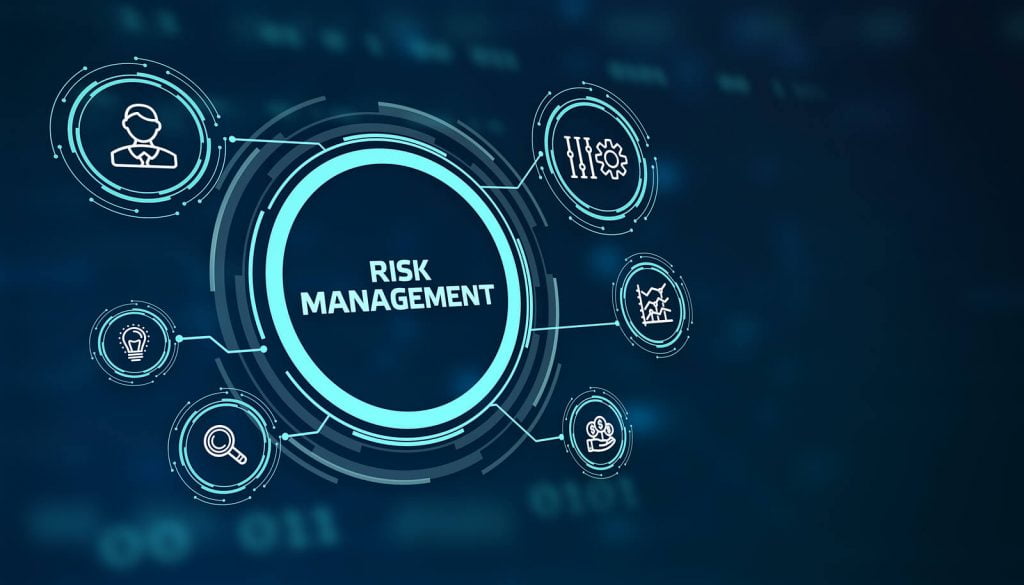In the dynamic and ever-evolving manufacturing industry, effective risk management methods play a vital role in ensuring business success and sustainability.
By proactively identifying, assessing, and mitigating potential risks, manufacturing companies can safeguard their operations, enhance productivity, and protect their bottom line.
This article provides a comprehensive analysis of the best riskmanagement methods tailored specifically for the manufacturing industry.
Understanding RiskManagement in Manufacturing
Risk management in the manufacturing industry involves a systematic approach to identifying, assessing, and addressing potential risks that could impact operations, supply chains, and overall business performance. Effective riskmanagement aims to minimize disruptions, optimize production, and protect the company’s reputation.
Identifying Potential Risks
To implement robust riskmanagement, manufacturers must conduct a thorough analysis of their operations and identify potential risks. These risks may include supply chain disruptions, equipment failures, natural disasters, regulatory compliance issues, quality control problems, and cybersecurity threats.
Assessing Risks and Their Impact
Once potential risks are identified, manufacturers need to assess their likelihood and potential impact. This involves analyzing the probability of occurrence, the severity of consequences, and the financial implications associated with each risk. Such assessments help prioritize risks and allocate resources effectively.
Mitigating Risks through Prevention Strategies
Prevention is crucial in riskmanagement. Manufacturers should implement preventive measures such as regular equipment maintenance, quality control protocols, and supplier diversification to reduce the likelihood of risks. By taking a proactive stance, companies can minimize the impact of potential disruptions.
Developing a Crisis Management Plan
Despite preventive measures, some risks may still materialize. Therefore, manufacturers should establish a crisis management plan to handle emergencies effectively. This plan should include clear protocols, communication channels, and designated responsibilities to enable swift and coordinated actions during a crisis.
Monitoring and Regular Evaluation of Risk Management Methods
Risk management is an ongoing process that requires continuous monitoring and evaluation. Manufacturers should regularly review their riskmanagement methods to identify any gaps, assess their effectiveness, and make necessary adjustments. This iterative approach ensures that riskmanagement remains relevant and aligned with changing business dynamics.
Embracing Technological Solutions for Risk Management
Technological advancements offer valuable tools for risk management in manufacturing. Manufacturers can leverage data analytics, machine learning, and predictive modeling to identify patterns, detect potential risks, and make informed decisions. Automation and digitization also streamline risk assessment and mitigation processes.
Ensuring Compliance with Regulations and Standards
Compliance with industry regulations and standards is a critical aspect of risk management in the manufacturing sector. Manufacturers must stay updated with relevant laws, regulations, and certifications to avoid legal repercussions and maintain a high level of product quality and safety.
Educating and Training Employees on Risk Management
Effective risk management requires the involvement and awareness of all employees. Manufacturers should provide comprehensive training programs to educate their workforce on risk identification, reporting procedures, and preventive measures. Empowering employees to contribute to riskmanagement efforts enhances overall organizational resilience.
Continuous Improvement in Risk Management Processes
Risk management methods should continuously evolve to address emerging risks and industry trends. Manufacturers should foster a culture of continuous improvement by encouraging feedback, conducting regular risk assessments, and leveraging best practices from other industries. This proactive approach ensures that riskmanagement processes remain effective and adaptable.
Conclusion
In the manufacturing industry, risk management is essential for maintaining a competitive edge, protecting assets, and ensuring operational stability. By implementing the best riskmanagement methods discussed in this article, manufacturers can navigate uncertainties, mitigate potential risks, and position themselves for long-term success. Embracing a proactive and comprehensive approach to riskmanagement is the key to sustainable growth and resilience in today’s manufacturing landscape.

